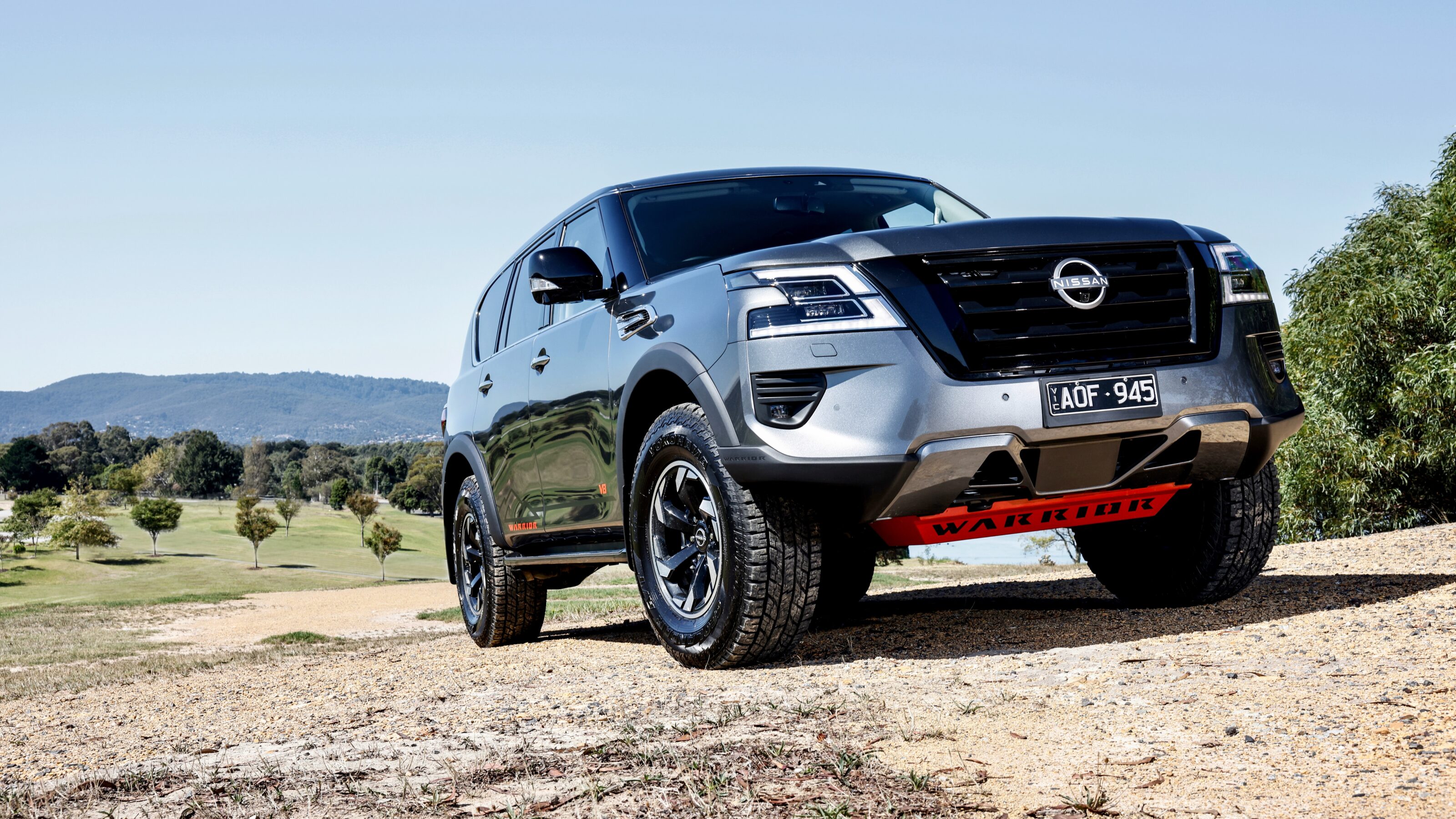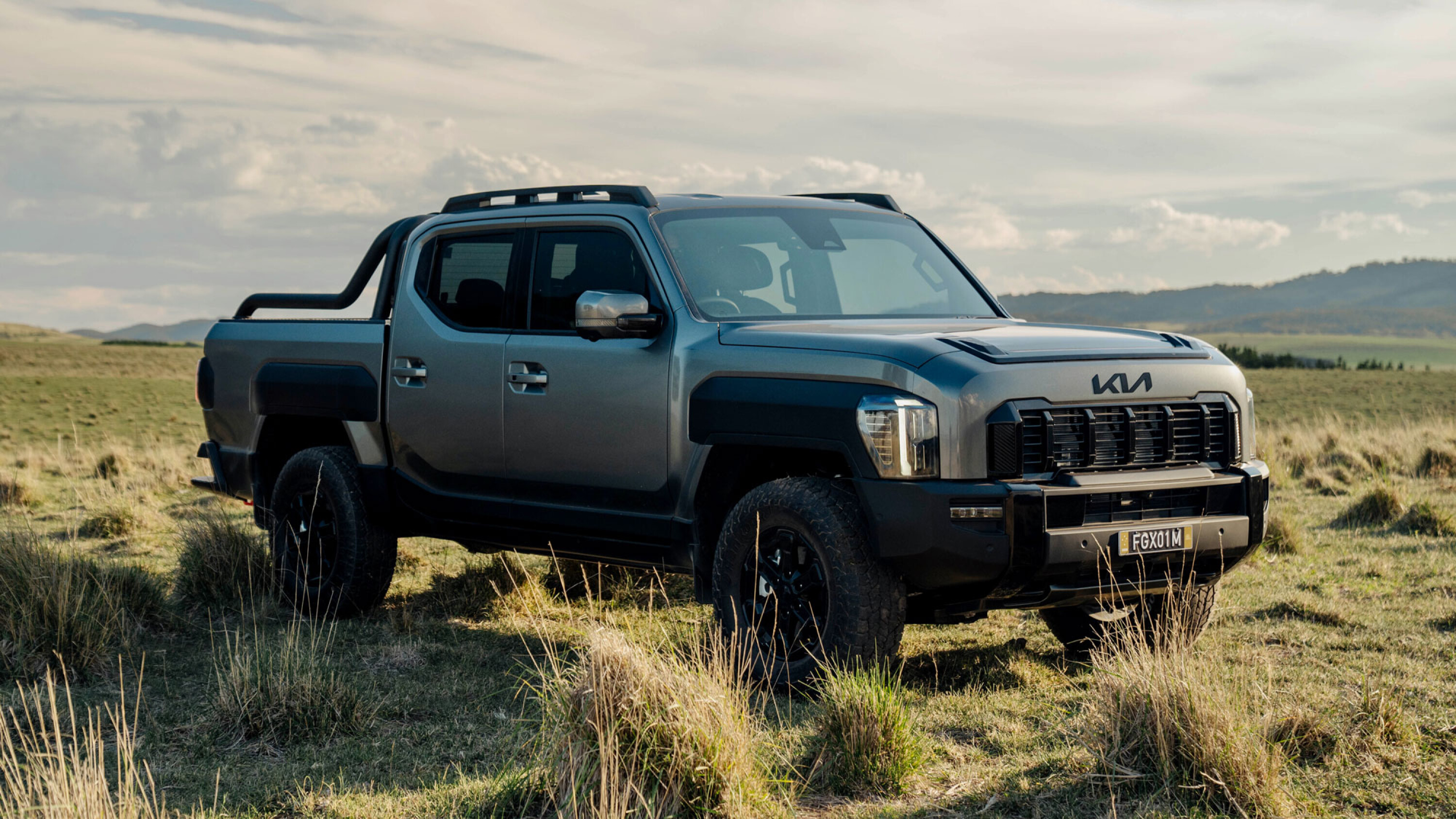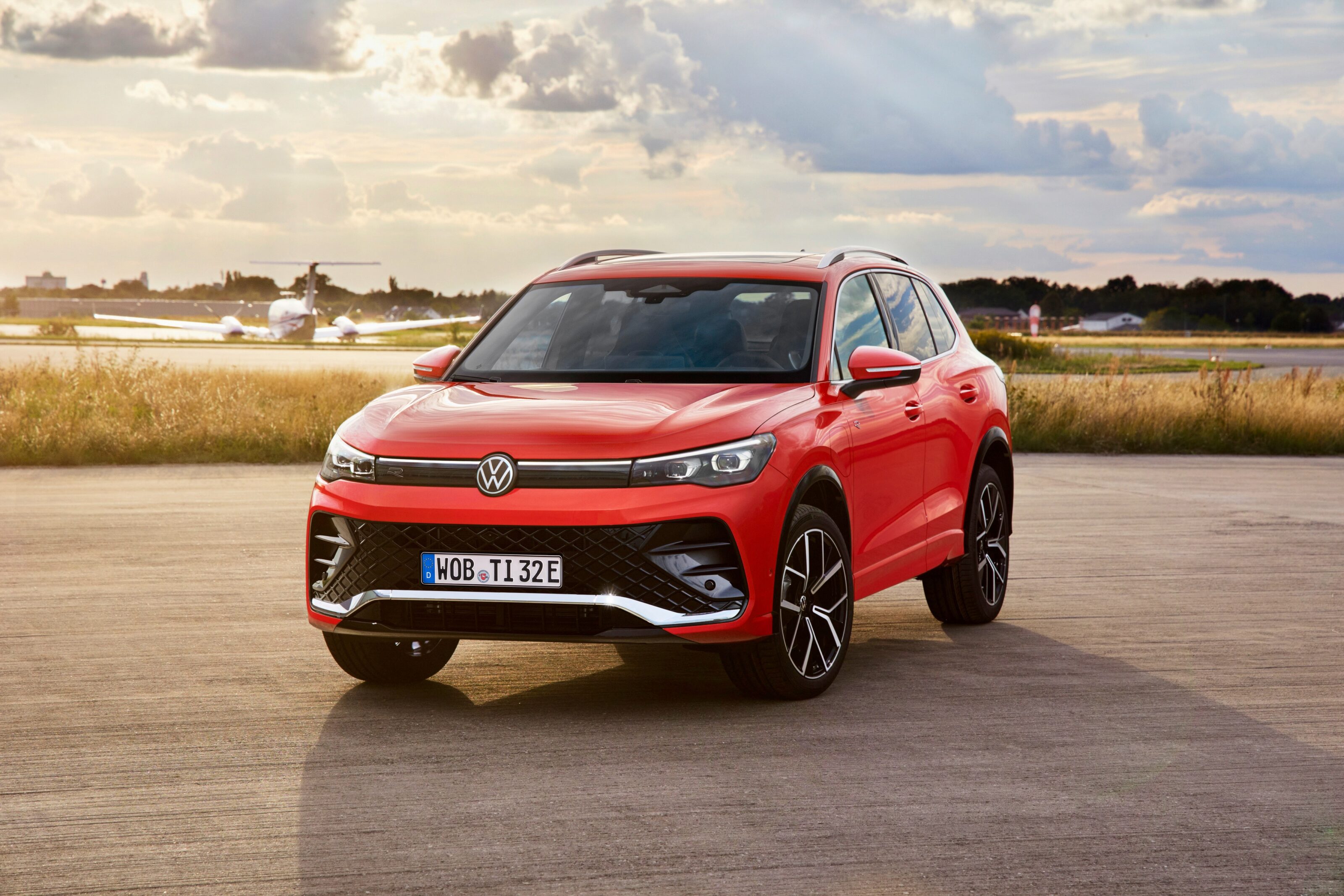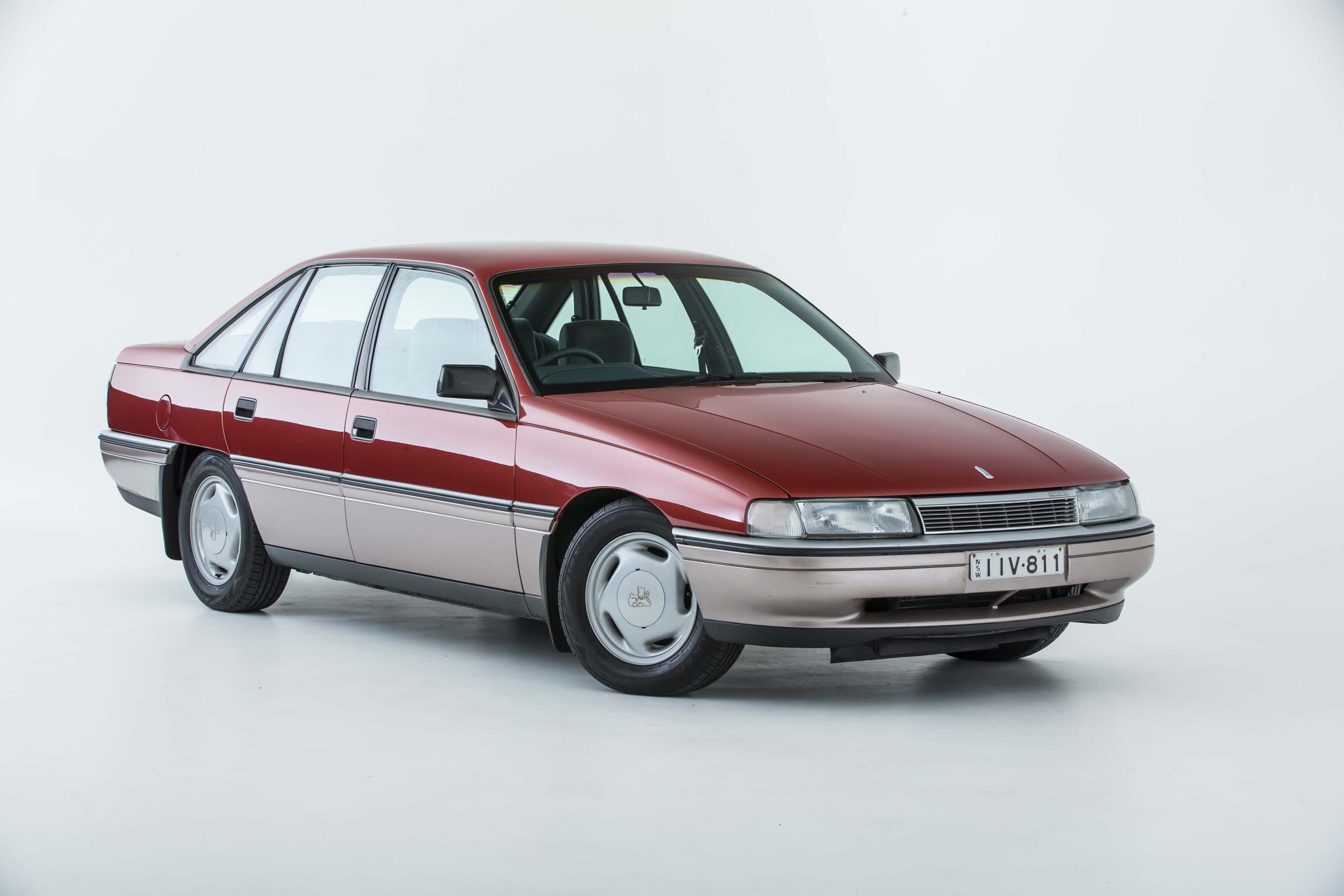
The Unique Cars team look back at the popular VN to VP Commodore and Calais line
Developed under the black cloud of the 1970s fuel crises, the first-generation Commodore (1978 VB to 1986 VL) was smaller than Holden’s Kingswood. By the early 1980s Holden’s sales suffered against its main competitor, Ford’s Falcon, especially with company/fleet sales. Holden realised its fleet/family Commodore needed to be bigger – as big as Falcon – to survive the 1990s.
The company’s confidence in its 1988 VN Commodore/Calais was evident in its straight-to-the-point, superlative-free advertising: “The Big New Holdens”.
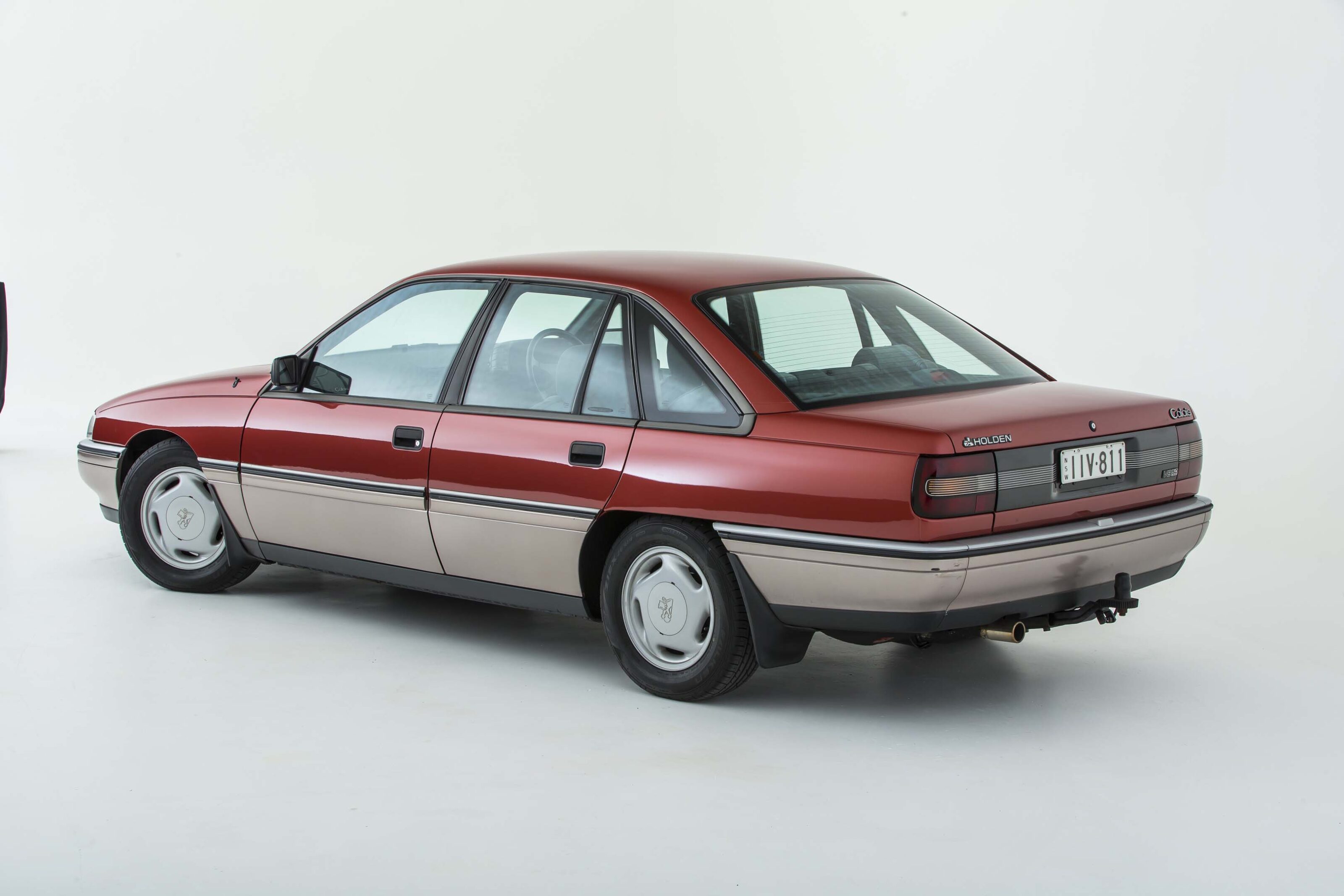
Thankfully to develop the VN, Holden had the international General Motors parts bin to raid. Australia is a small market so parts-sharing was, for decades, a sensible low-cost way for the ‘big three’ (Holden, Ford and Chrysler and later, also Mitsubishi, Nissan and Toyota) to develop unique models for Australia.
Holden looked to its German sister company Opel for the late-1980s Omega aero-era flush-fit door and glass hardware and spliced the doors to a wider body. Under it, the basics of the Aussie-tough VB-VL suspension was retained – with a few tweaks – and the wheelbase lengthened and rear axle/track widened.
The engine bay carried a new 3.8-litre V6: With 125kW, it was Holden’s most powerful family-car six.
The result was a uniquely Australian car; an Aussie-tough, aerodynamic and big new Commodore that by 1988, put Holden back into a fair fight with its foe, Ford’s Falcon, for the hearts and minds – and money – of Australian car buyers.
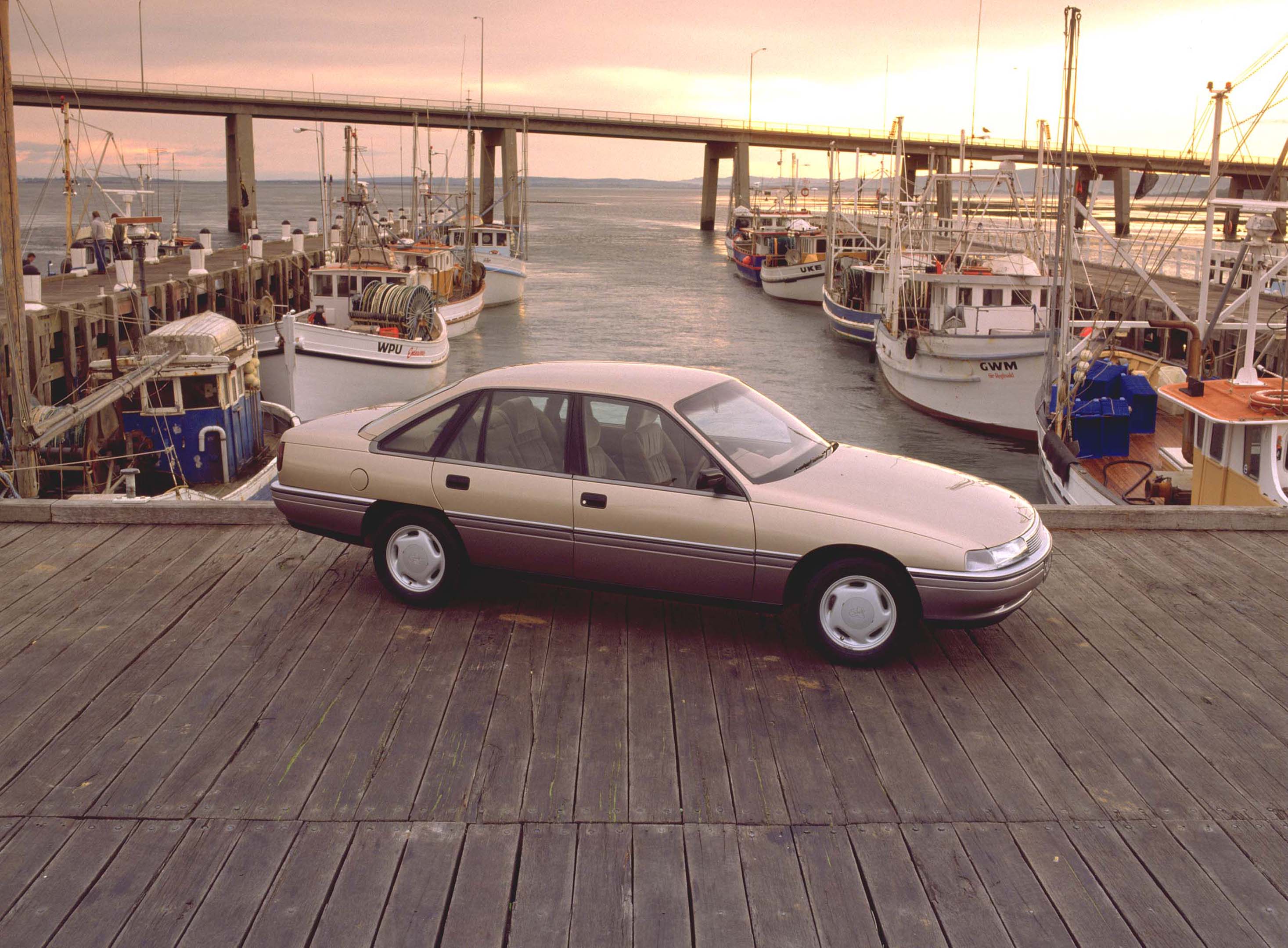
| 2021 Market Review: HSV Clubsport/Maloo VN-VE
Models and equipment
As with earlier series, the VN was available as a sedan and wagon. For Australia, the models were Executive, a sort-of sporty S (a new model for VN), mid-spec Berlina and the sedan-only luxury Calais. Pre-launch Holden paperwork also mentions a fleet-spec SL… but were any ever made?
The wagon had a longer wheelbase than the sedan (already longer than its VB-VL predecessor) so the load area is ginormous. That longer wagon platform also paved the way for Holden to re-introduce a ute and long-wheelbase luxury Statesman and Caprice models to match its model range of the 1970s.
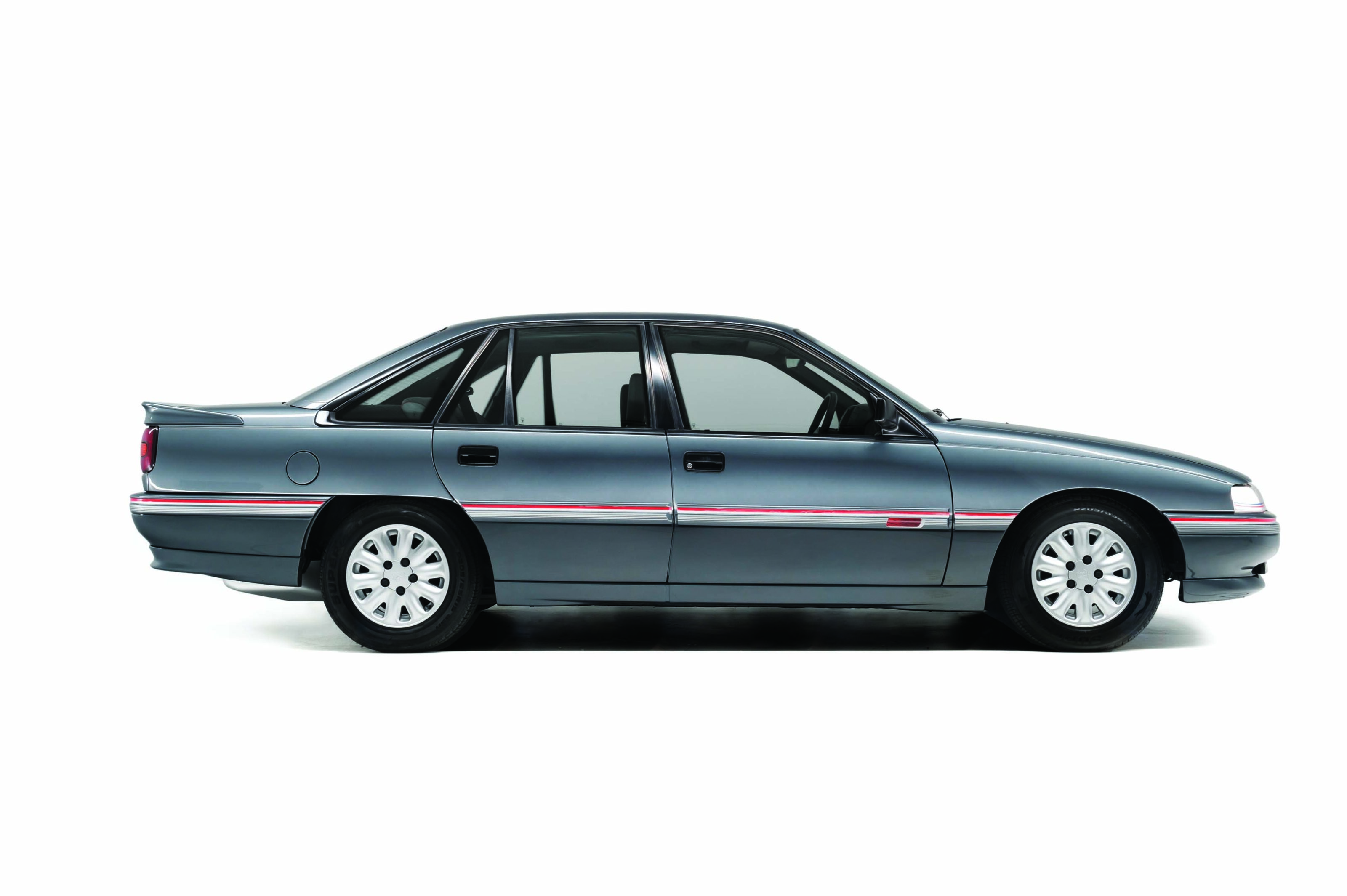
At its launch in mid-1988, the new-to-Holden 3.8-litre V6 was the only available engine. Adapted from GM USA’s Buick/Oldsmobile/Cadillac design, the new balance-shaft equipped 125kW mill matched the power of the premium dual-exhaust version of Holden’s 5.0-litre V8 in the VB Commodore a decade before. For us Aussies, it was teamed with either five-speed manual or four-speed auto.
In mid-1989, to unbridled joy and rapturous applause from Aussie car nuts, Holden’s V8 re-joined the range. The impressively smooth, torquey and drivable V8 is sometimes associated with just the SS Commodore but thankfully the new engine was available with manual or auto across the Commodore range (except the V6-only S).
It produced 165kW/380Nm and as a family engine option, delivered performance very close to the 1980s SS Commodore Group A motorsport specials. In its April 1989 issue, Wheels magazine described Holden’s new EFI 5.0-litre V8 Commodore/Calais as “the fastest family four-door on the planet.”
| 2021 Market Review: Holden Commodore/Calais VN-VZ
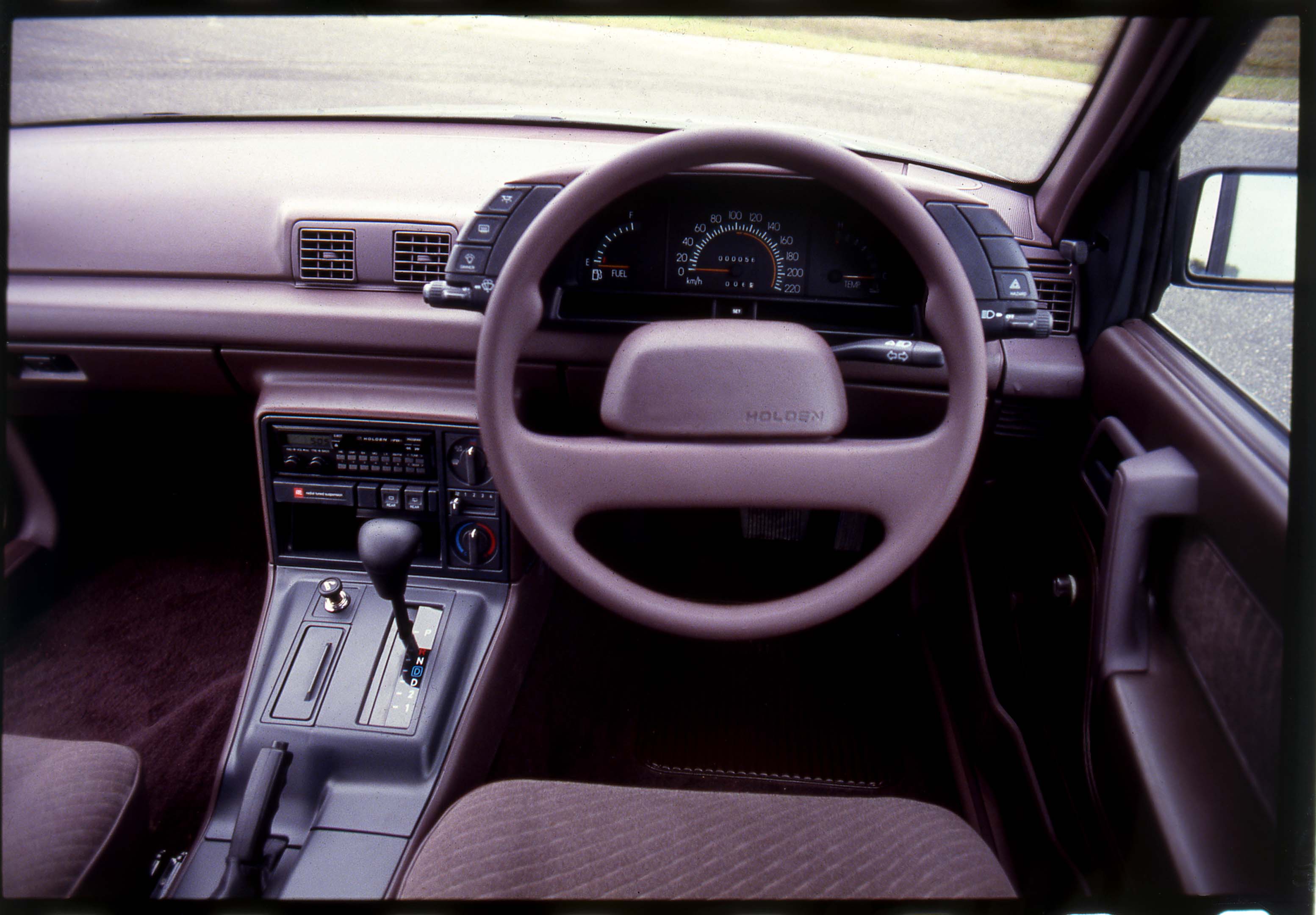
Although not badged, there was a VN ‘series 2’ type update in early 1990 with minor revision to badges and bling, interior trim and the V6 engine (a running change from October ’89). The Calais also scored electronic/digital climate control from this time, too.
In export markets such as New Zealand and Singapore, the VN was available with a 2.0-litre four-cylinder engine (Australian-made and shared with Camira). There were some different models, too, such as GTS and changes to the Executive and Berlina specs.
| Read next: Holden VP Commodore, VQ Statesman + Caprice history
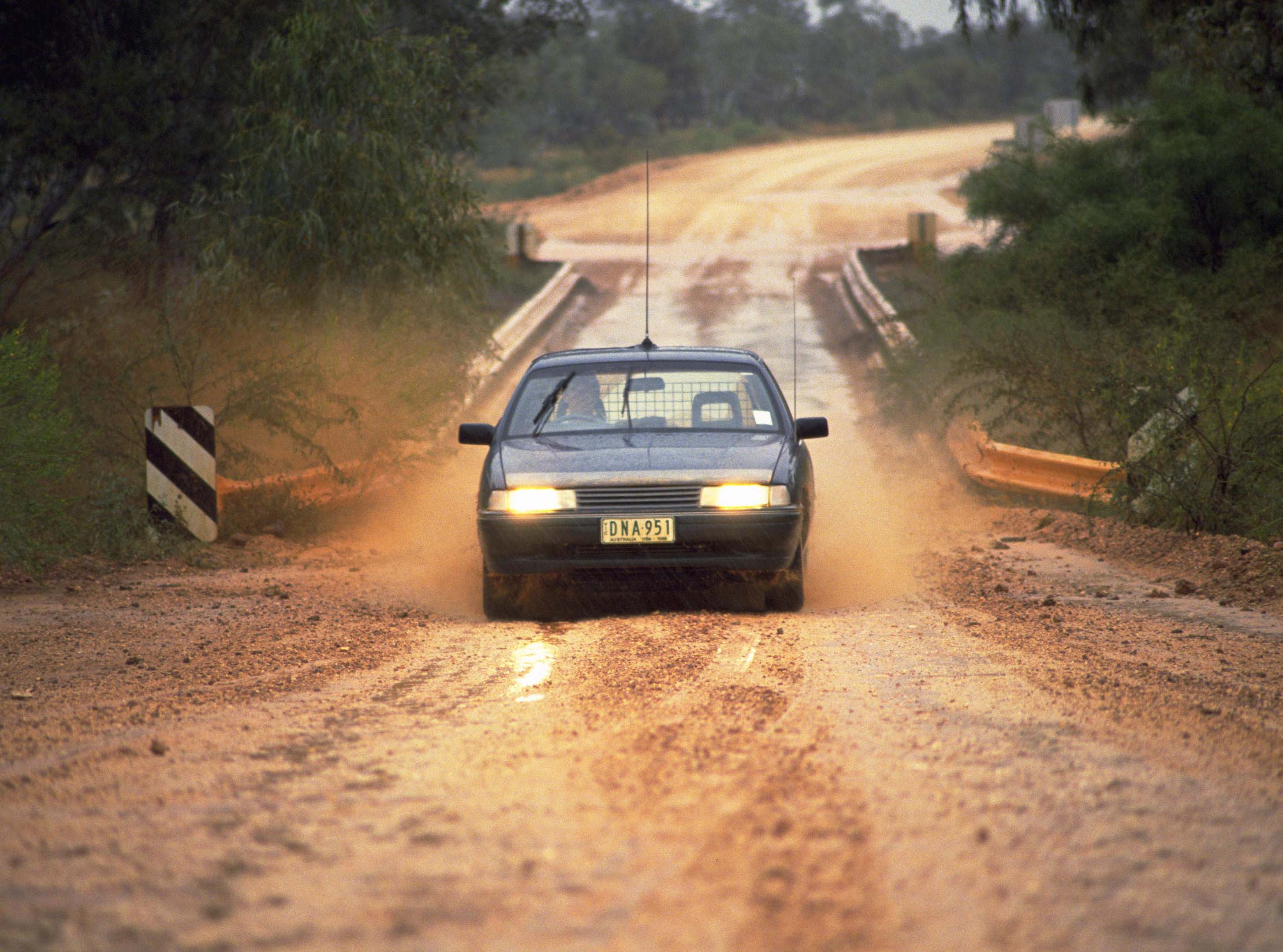
Living with a big new Commodore
Due to early reliability and quality issues, the VN Commodore is remembered by some with fear as much as fondness, despite it winning Wheels Car of the Year for 1988. There were early glitches with almost every system in the car, from paint to the all-new electrical hardware but thankfully, 30-plus years of fixes (and natural attrition) means remaining VNs aren’t too scary.
Unlike many older Aussie classics (even carby Commodores from just five years earlier) a VN’s standard electronic fuel injection and unleaded petrol diet, four-wheel discs and power steering means it’s an easy car to drive and live with.
| Read next: Holden Commodore VN-VS history
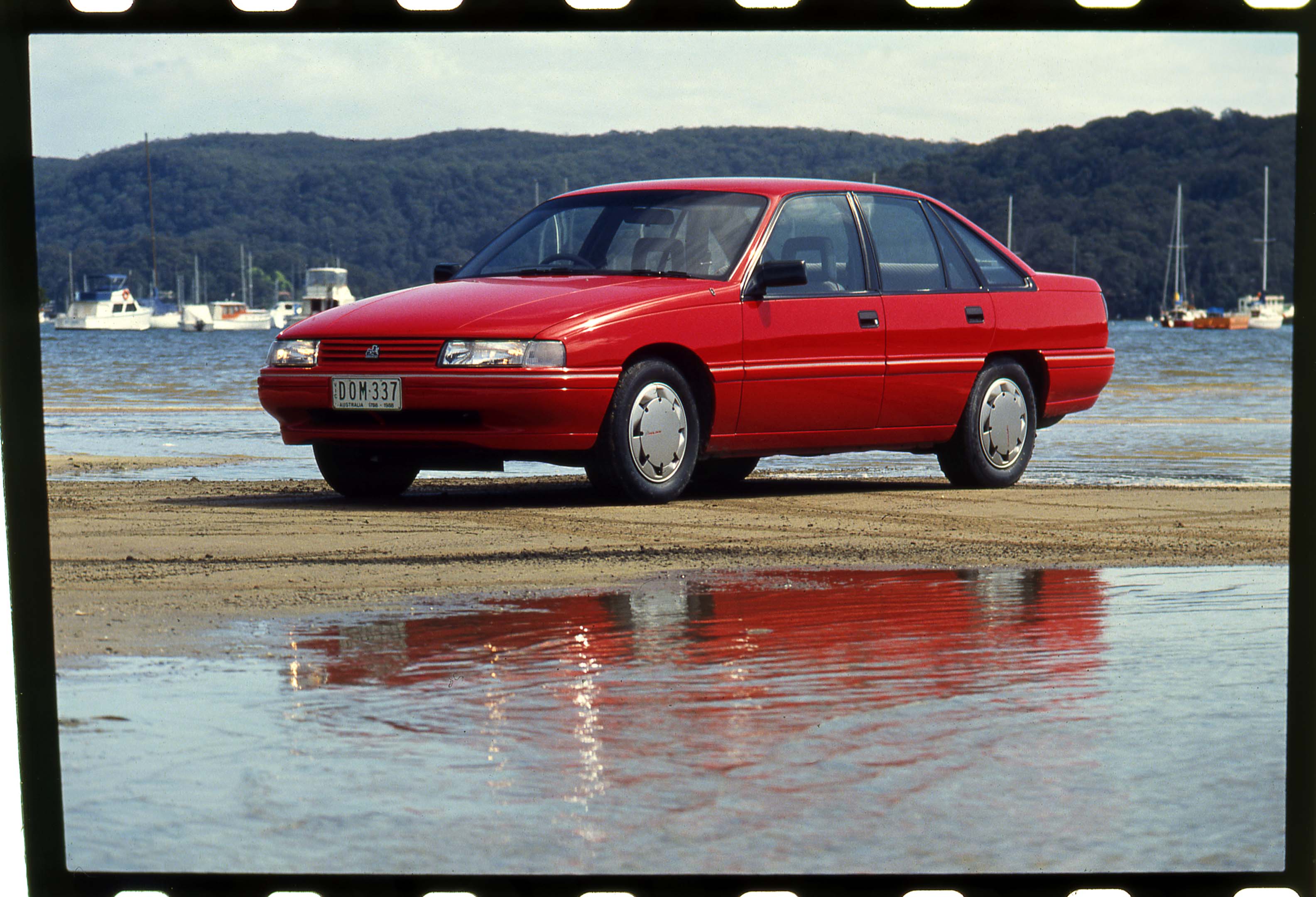
Unfortunately, the bigger body and the new-tech dashboard installation – the firewall and dash were assembled outside the car, then craned into the shell and glued into place – meant the VN Commodore had a tangible feeling of looseness compared to earlier ones. Thankfully that flex seemed to max-out by 30 or 40,000km but of course remains evident, especially in wagons.
The VN Commodore was ‘punchy’ in more ways than one: that torquey V6 engine not only out-powered older V8s but delivered most of its torque at normal suburban street speeds. The V6’s small 185/14 tyres meant many new VN drivers unintentionally left the road, backwards, in the rain, just by moving away from a traffic light. That’s important to keep in mind today, especially if you’ve been brought up on ABS/TC/ESC cars.
| Read next: Sleeper HSV Senator test mule

What to look out for
Mechanically, these things are tough; the hardware of the all-iron V6 and V8 engines can easily do half a million or more with little more than oil and filter changes. By then, valve springs can become weak so the car might be unwilling to rev cleanly at overtaking speeds.
The V6’s coil packs and crank position sender and the V8’s ignition module can cause a no-go. Fuel pumps (inside fuel tank) although not notoriously unreliable, generally die between 150 and 200km so most will have been replaced once or twice by now.
The V6’s vibration (even with its balance shaft) meant Holden engineers worked to refine the design. Hardware changes meant that from late 1989, the 3.8-litre V6 became a nicer engine.

Both the V6 and V8 alloy intake manifolds can corrode if the coolant is neglected. An easy and quick pre-sale engine maintenance check is to inspect how much sludge is on the valve-gear under the oil filler cap. Some caramel sauce/brown varnish is normal but if the rockers are shrouded by too much crap, then someone has been slack with servicing. Like all older EFI engines, these donks often benefit from a fuel injector service.
The imported GM TH700 four-speed auto and Aussie-made Borg Warner T5-type five-speed manual – and same-brand rear axle – are also long-lived. Sure, there will be exceptions… but that’s generally due to owner abuse (‘do some skids, bro!’) or lack of maintenance. The really crap ones all died in the 1990s.
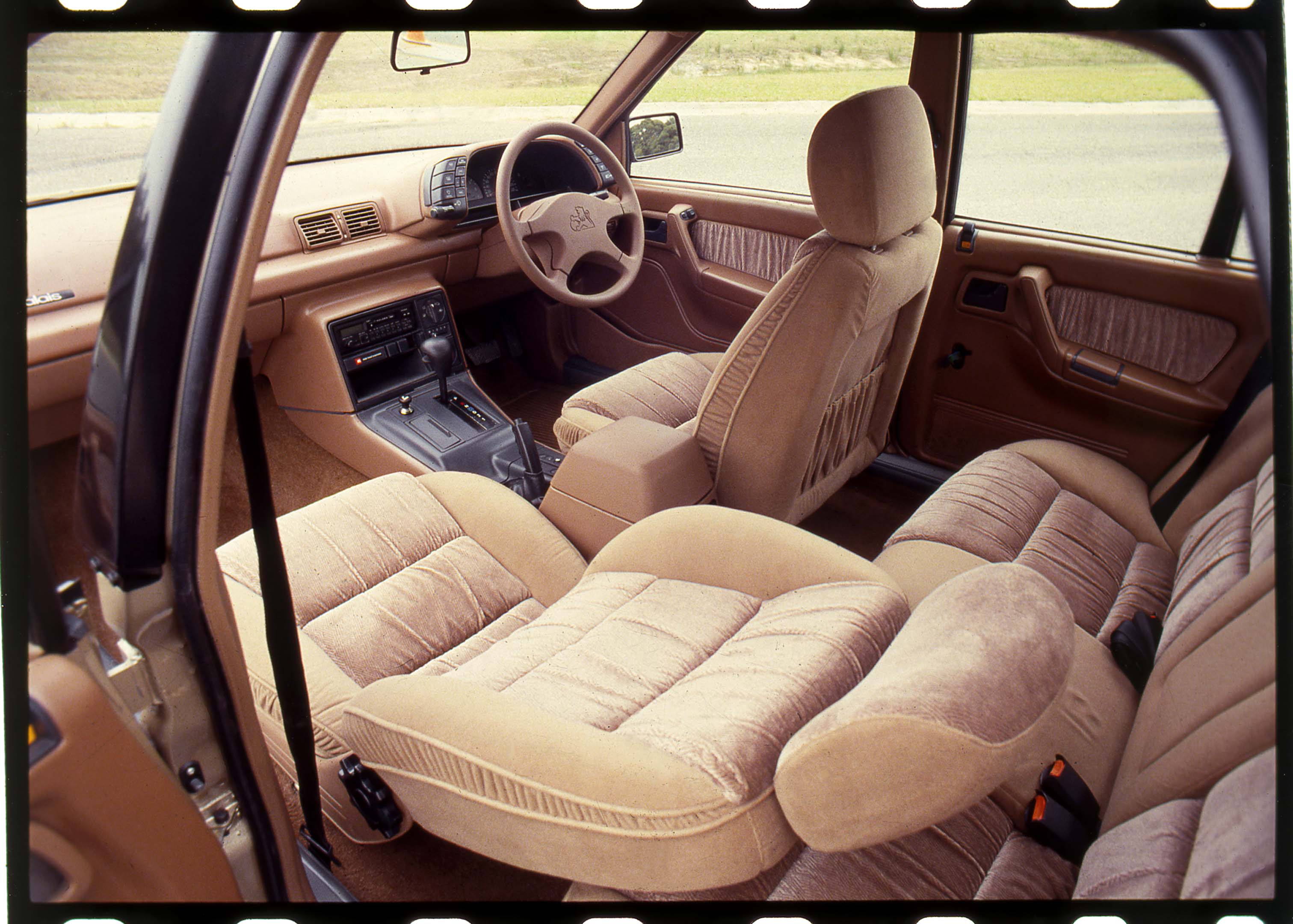
The Commodore’s two-piece tail-shaft can introduce a wvhoom-wvhoom-wvhoom rhythm into the body during acceleration. Dying autos will shudder into third gear. Make sure the torque converter clutch engages at light-throttle on level ground at around 80km/h; the tach will dip by around 150rpm. This ‘phony fifth’ function in the four-speed auto enhances the VN’s efficient use of juice – V6 and V8.
All VNs have four-wheel disc brakes and the V8s have bigger front-vented rotors than the V6 (the S and police packs had the bigger rotor too). Both size front brakes feature a single-piston sliding-pin calliper; durable and easily rebuilt. Pads and discs are beer money so it’s not expensive to source top-quality components. The front rotors are a hub type so new wheel bearings during a rotor renewal is a good idea – also inexpensive.

Under the back, the sedans and wagons share rubber-bushed upper and lower control arms and a cross-car panhard bar but with different damper locations; it’s all simple and inexpensive to fix. The rear control arms’ voided front rubber bush must be installed according to the Holden book – many DIYers get it wrong.
Up front, the front struts’ top hats and caster rod bushes flog-out occasionally but are also cheap and easy to replace. Check for proper centring of the front wheels in the wheel arches; even a minor shunt in the nose can push a chassis rail rearwards, skewing its alignment.
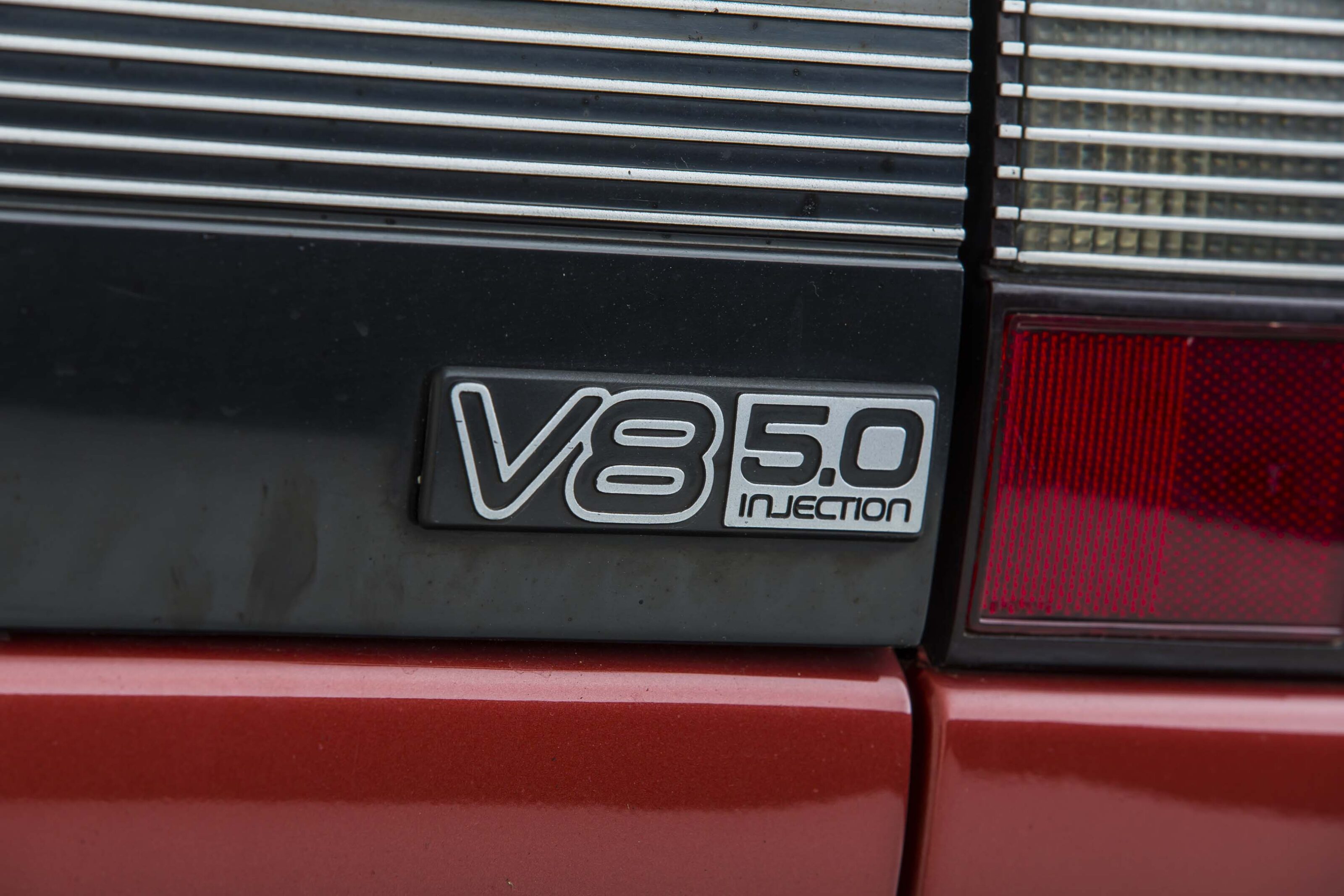
Holden’s lowered sport-spec suspension – standard on S, SS, cop cars and optional on other sedans – has an option code of FE2.
The paint on the VN Commodore was – let’s be honest – not much good when new. Unless it’s lived in grandma’s garage many surviving VN Commodores will have been repainted by now. Despite the crook paint, VNs are pretty good for rust with the bad spots being under the boot sealing rubber, around the (bonded and flush-fit) front and rear windows, under the sedan’s boot carpet and in the spare tyre well, and at the lower edges of the front guards.
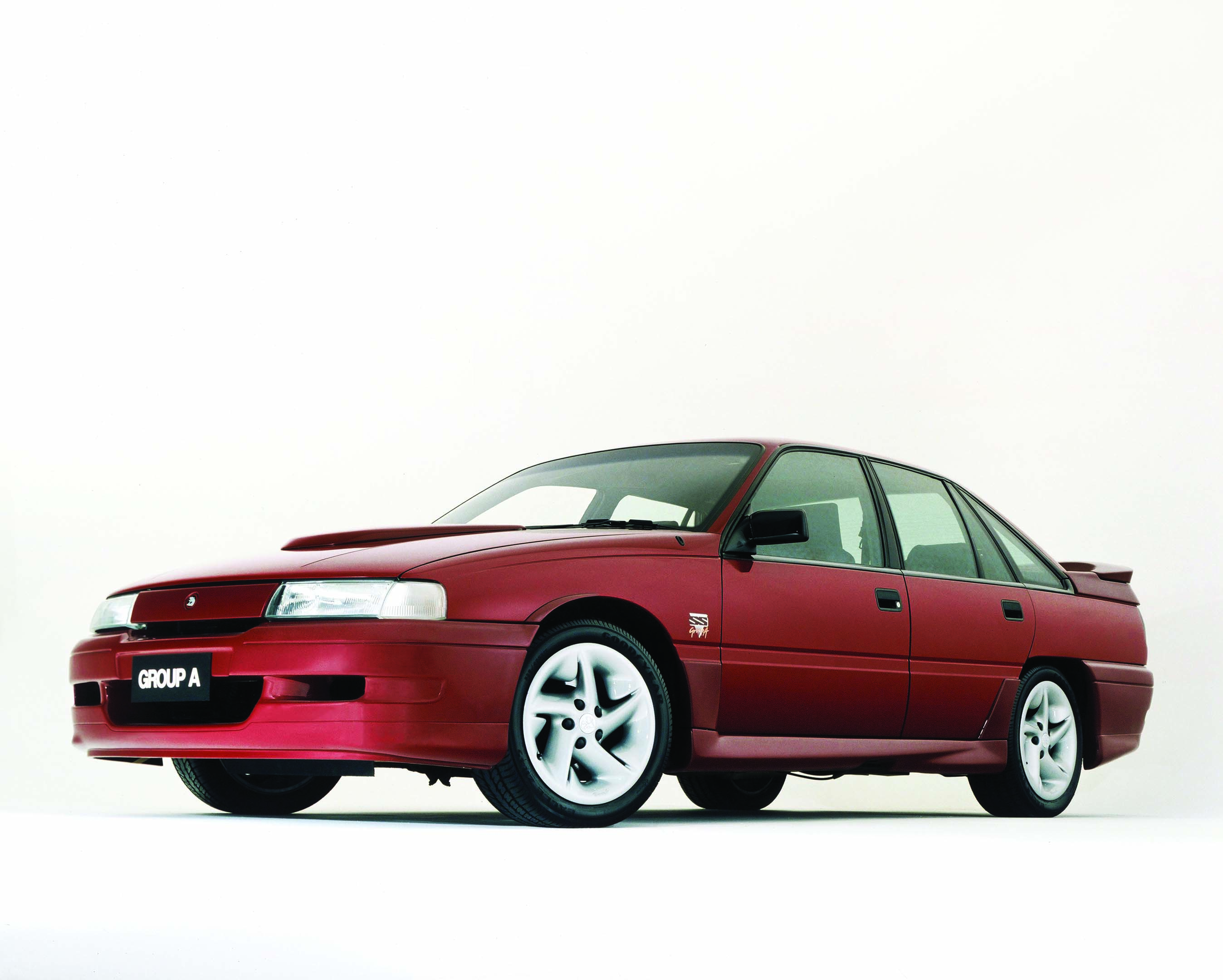
The lower section of the boot lid (below the number plate) and the leading edge of the bonnet are also susceptible. Thanks to decent factory corrosion protection, doors and floors are generally OK. If you need to replace a windscreen, rust will more than likely be found on the dash/firewall panel under the screen’s lower edge, too.
Speaking of windscreens, stiff/seized bonnet hinges will force the bonnet’s rear corners into the windscreen as the bonnet is opened, destroying the screen. Be very, very careful when inspecting someone else’s car!
The interior trim isn’t exactly world-class (for instance the vinyl and plastic graining is inconsistent) but the materials themselves are durable and hold up to Aussie conditions quite well.
Holden had ditched vinyl trim from the VK series in 1984 so except for taxi-packs, VNs have standard cloth trim. Leather was a rare option on Calais, replacing the pleated two-texture velour – and unless it’s been kept in a cool, dark museum, there’s a fat chance of it being any good by now.

As with earlier Commodores, the floor cracks under the front seats: check the underside using a jack/stands or a hoist. High-milers or country cars suffer the worst (the cracks can spider-web across the floor by 150mm or more) and the fix is to remove the seats, console and carpet and weld. These cars will more than likely have broken seat bases, too.
The Calais has a digital three-window trip computer display (under the main gauges) that blotches, obliterating the digits; reconditioned clusters are available for around $300. Fuel and temp gauges sometimes need a slap on the dash.
Odometers often don’t work… it’s an easy fix but paperwork and service history will be required to verify the car’s true kays. Power window switches – and the windows’ control box under the driver’s side dash – often fail; both are wrecker’s yard buys, but these days may take some chasing. The delicate headlight switch can fall apart but clever DIYers can fix it with hardware shop parts.
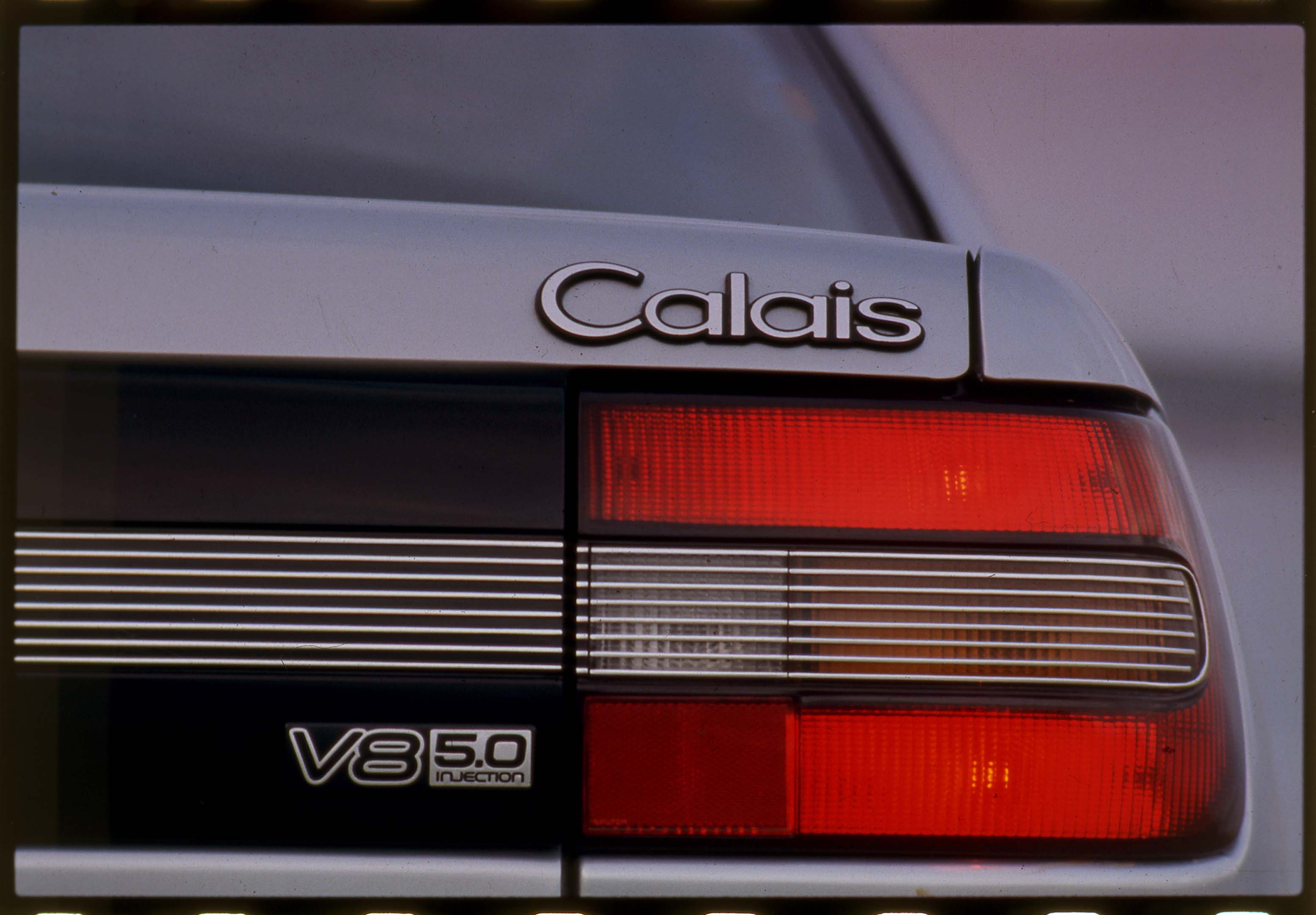
It’s rare for a VN to not have had its one-piece shell-type headlining replaced by now: it’s around $300 from a motor trimmer. The door windows outer seal rubbers can migrate up or down the door frames to look crap and create wind noise: same for the interior door trim seals against the glass inside the car. You will often find those dropped inside the door cavity so it’s a relatively easy DIY fix-up… or find some similar stick-on stuff from Clark Rubber or Old Auto Rubber.
Don’t believe anyone who says the air-con “just needs a re-gas”, but it’s worth sorting as the VN’s air-con is very effective, pumping out plenty of coolness to cope with Aussie summer days.

Shared platform
The VN Commodore was also sold as the Toyota Lexcen, a product of the Australian Government’s mandated model-sharing program, known as the Button plan, that saw Holden and Toyota (and Ford and Nissan, and Holden and Nissan and… oh jeez) sharing models: For Holden and Toyota in the 1990s it was Commodore/Lexcen, Corolla/Nova and Camry/Apollo.
The Lexcen was named after sailor Ben Lexcen who designed the 1982 America’s Cup winning boat, ‘Australia II’. The Lexcen was V6 auto only. Holden stylists planned a VT version of the Toyota Lexcen but Holden and Toyota divorced before the VT’s 1997 launch.
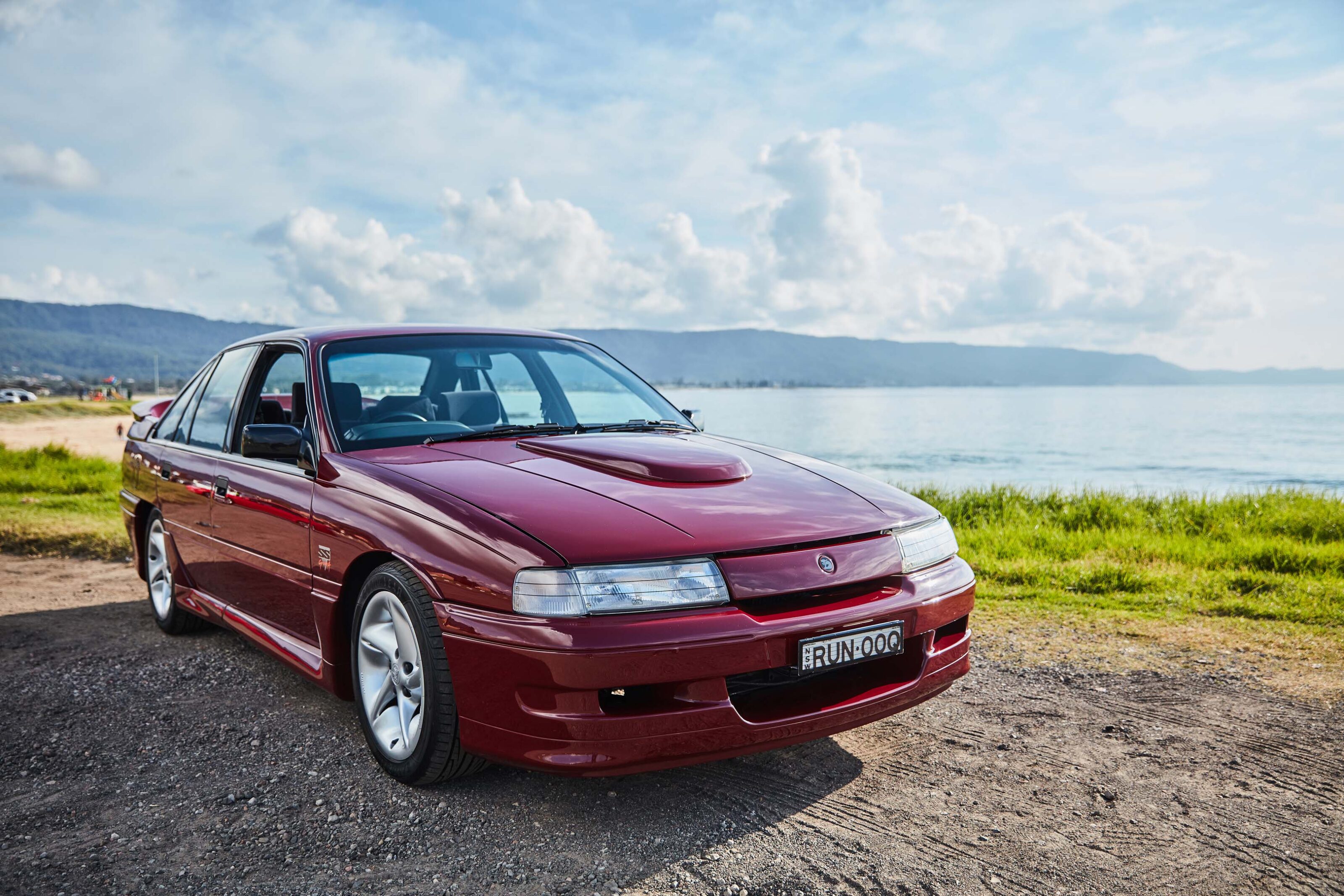
HSV history
The VN was also the foundation from which Holden Special Vehicles – HSV – built its empire on. In particular, HSV’s Clubsport was an engagingly fast and sharply priced family-man four-door and with a model run of more than a quarter-century, the badge is Aussie legend.
A specially-developed 200kW auto-only HSV premium motor (with higher compression, a more lopey cam and HSV-spec exhaust) was fitted to the SV5000 and some other HSV models and further refined for use in others, such as VP-series HSV GTS. The new injected V8 was also the basis of the race-pace 215kW twin-throttle engine used in the HSV-assembled VN Holden Commodore SS Group A.
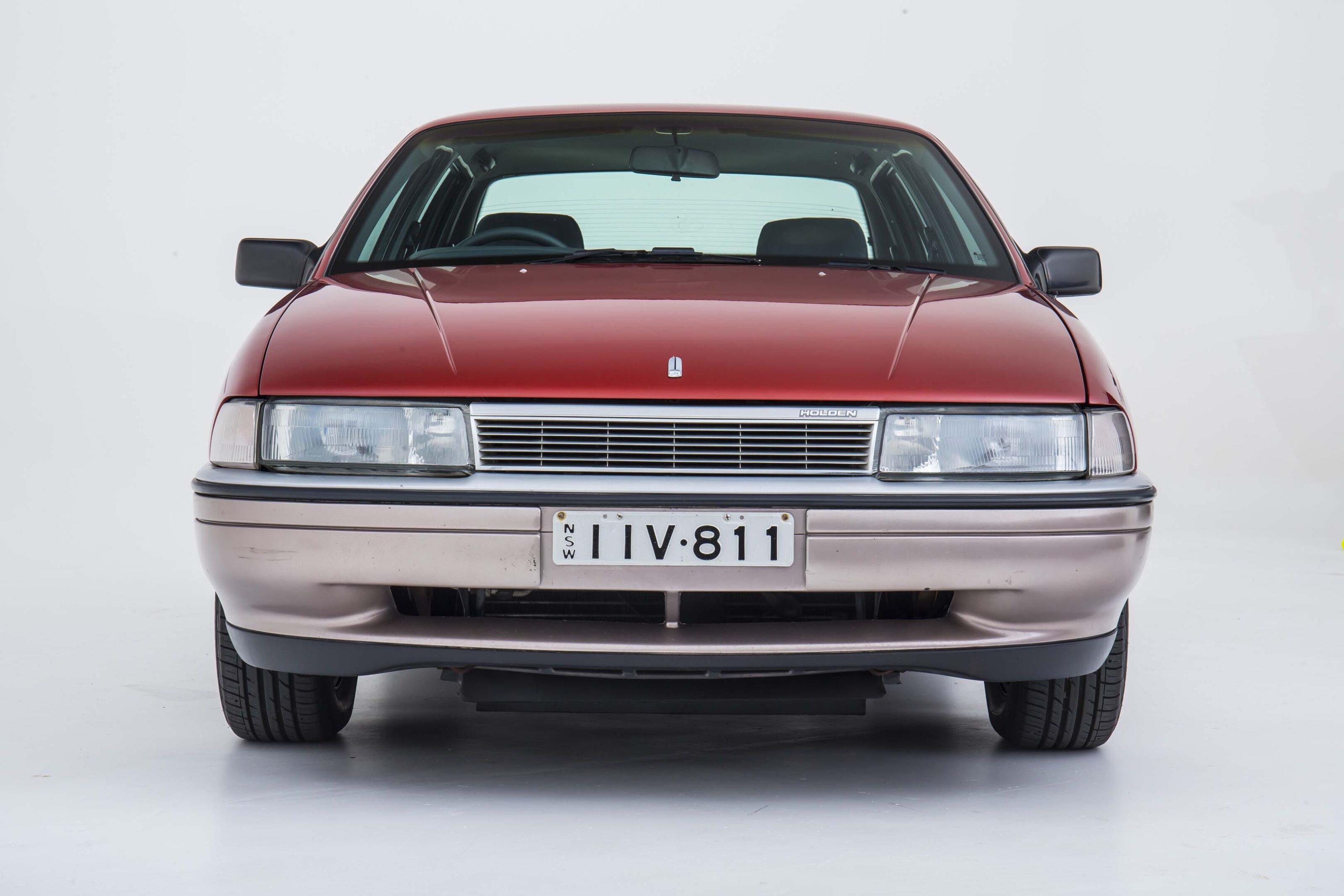
It’s mine – VN Calais: Glenn Torrens
Many readers will recognise our photo-shoot model VN Calais as being a car that I babble about in Our Cars regularly. In the early 1990s, my mate Lowey bought a three-year-old VN V8 Calais.
I had to have one, too, so soon after getting a salaried job at Street Machine magazine, I bought a V8 VP Calais. Both those Calais V8s are long gone but a few years ago I decided that I would love to buy another VN or VP V8 Calais as a keeper.
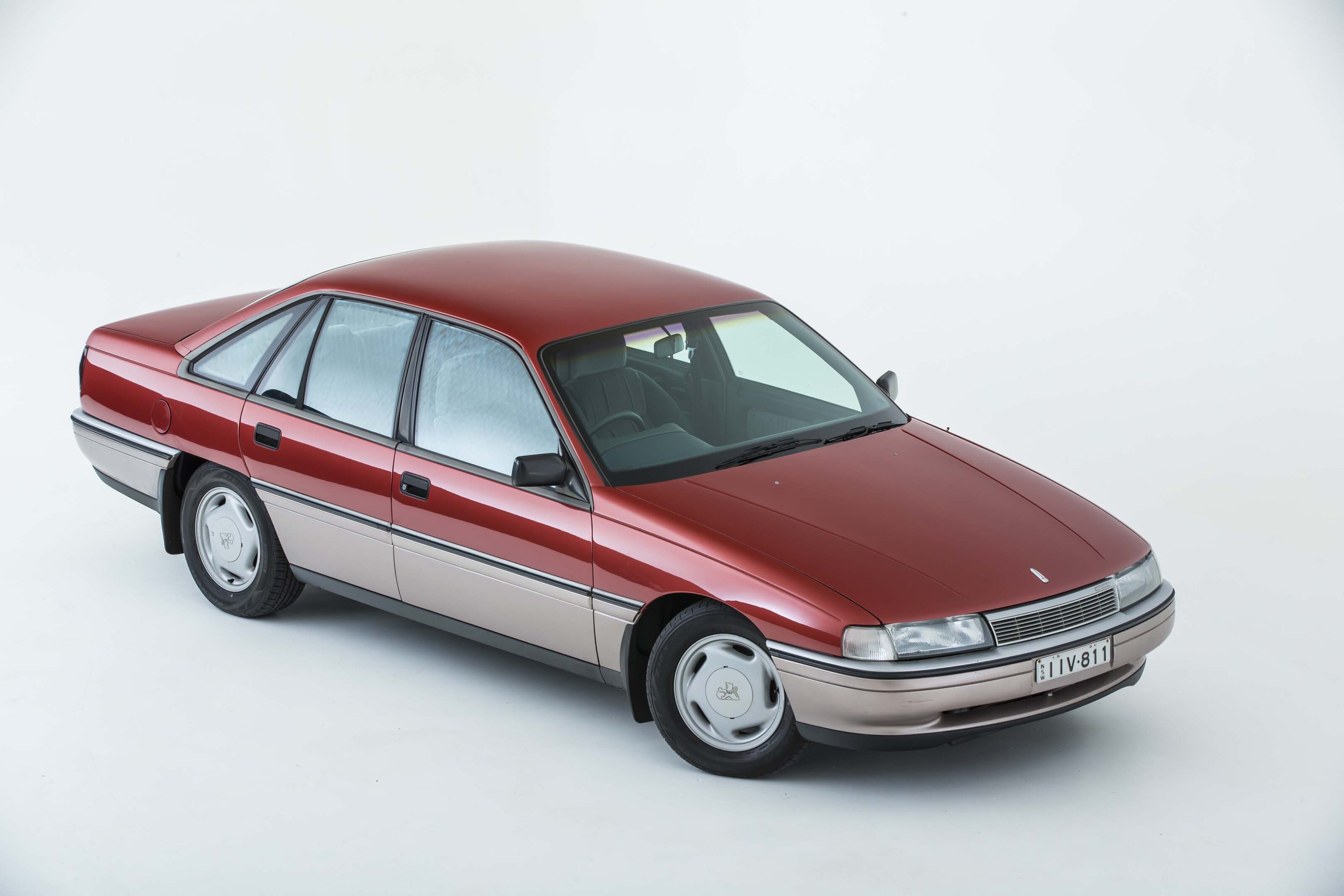
With car-bruddah Dave Morley’s assistance, I bought this log-booked, two-owner 1989 VN Calais V8 with FE2 sports suspension and just over 100,000km. Obviously I don’t drive it much, but when I do… it’s terrific!
The wrap-up
Sure, it has a few character traits but the VN Commodore/Calais is an Aussie staple that – like Commodores before it – has now joined the ranks of ‘cool Aussie classic’.
Even without a legit racing heritage (the SS Group A took care of that) Commodore SS prices have skyrocketed recently and other examples – especially with that beautiful, torquey, eager, burbly, lion-hearted EFI V8 – have followed. As it was designed, any VN is capable of comfy regular driving and interstate treks without too much fuss or too many fears.

But keep in mind the cost of little fixes – $300-$500 here and there for instruments, brakes, headlining, welding a floor and fixing some boot rust – might make a bargain-buy into a budget-blower. And everything-working, full-books and unmolested VN Commodore or Calais is the best way to buy this lovely slice of Aussie car culture.

Commodore VN-VP Milestones
1988
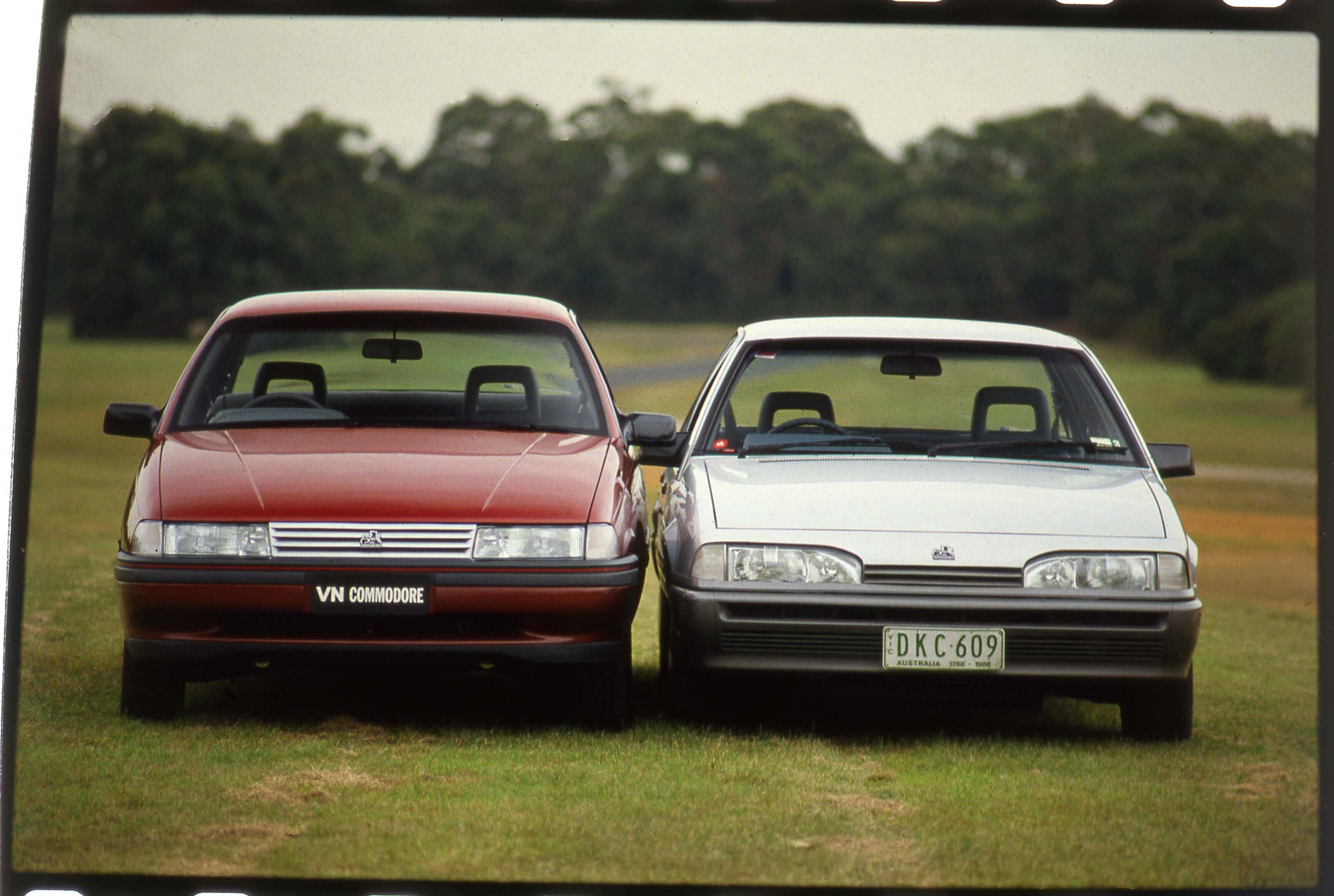
VN launched with huge ad blitz during Seoul Olympics. 3.8-litre V6 with four-speed auto and five-speed manual in August. Models are Executive and Berlina wagon and sedan, plus Calais and S sedans.
1989
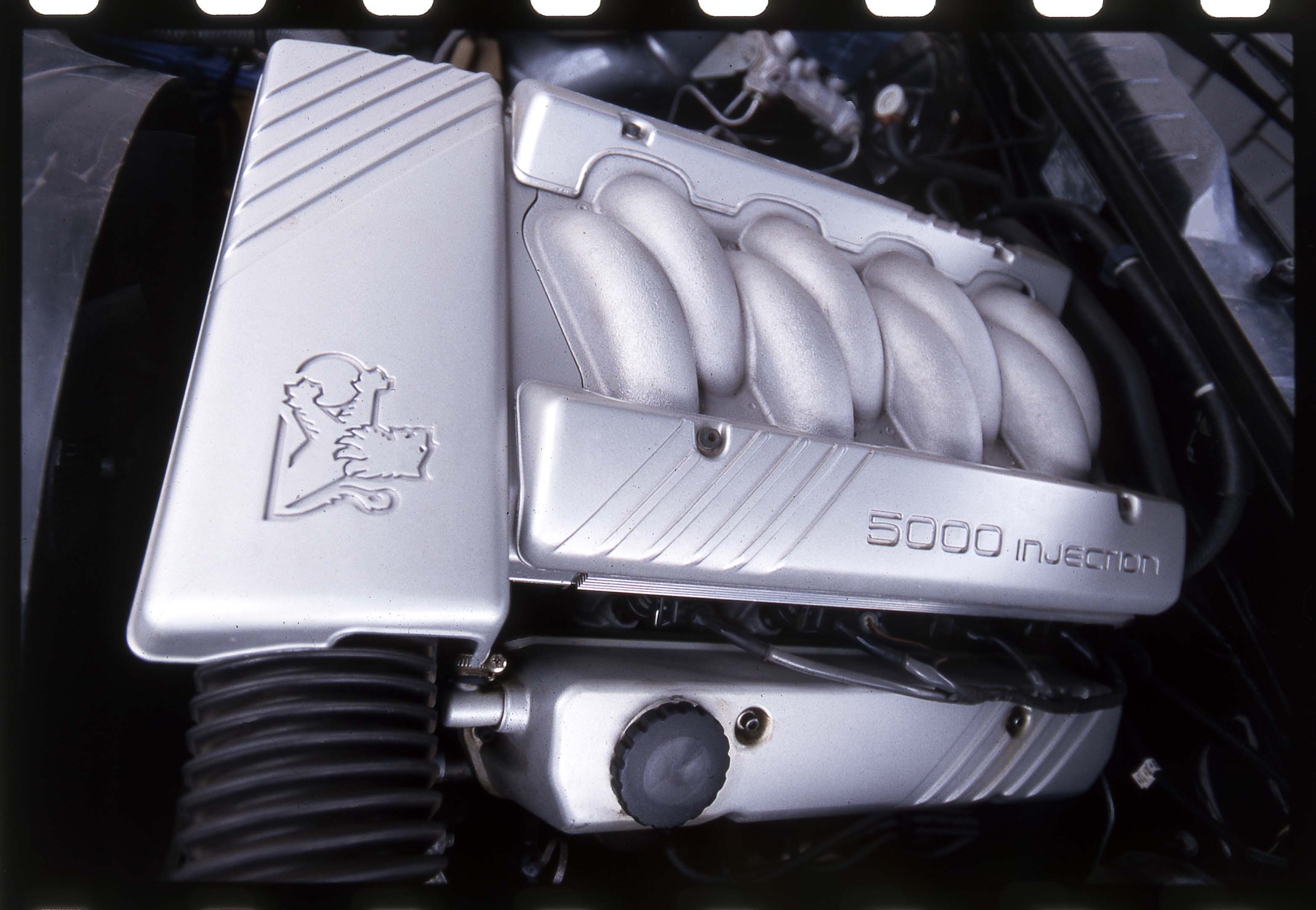
V8 engine arrives in April. This heavily revised version of Holden’s Aussie design from 1969 has new heads and multi-point fuel injection for 165kW and 380Nm. It’s standard in the new SS sedan and in 180 and 200kW trim, powers HSV’s models such as Clubsport and SV5000. V6 engine revised in October.
1990
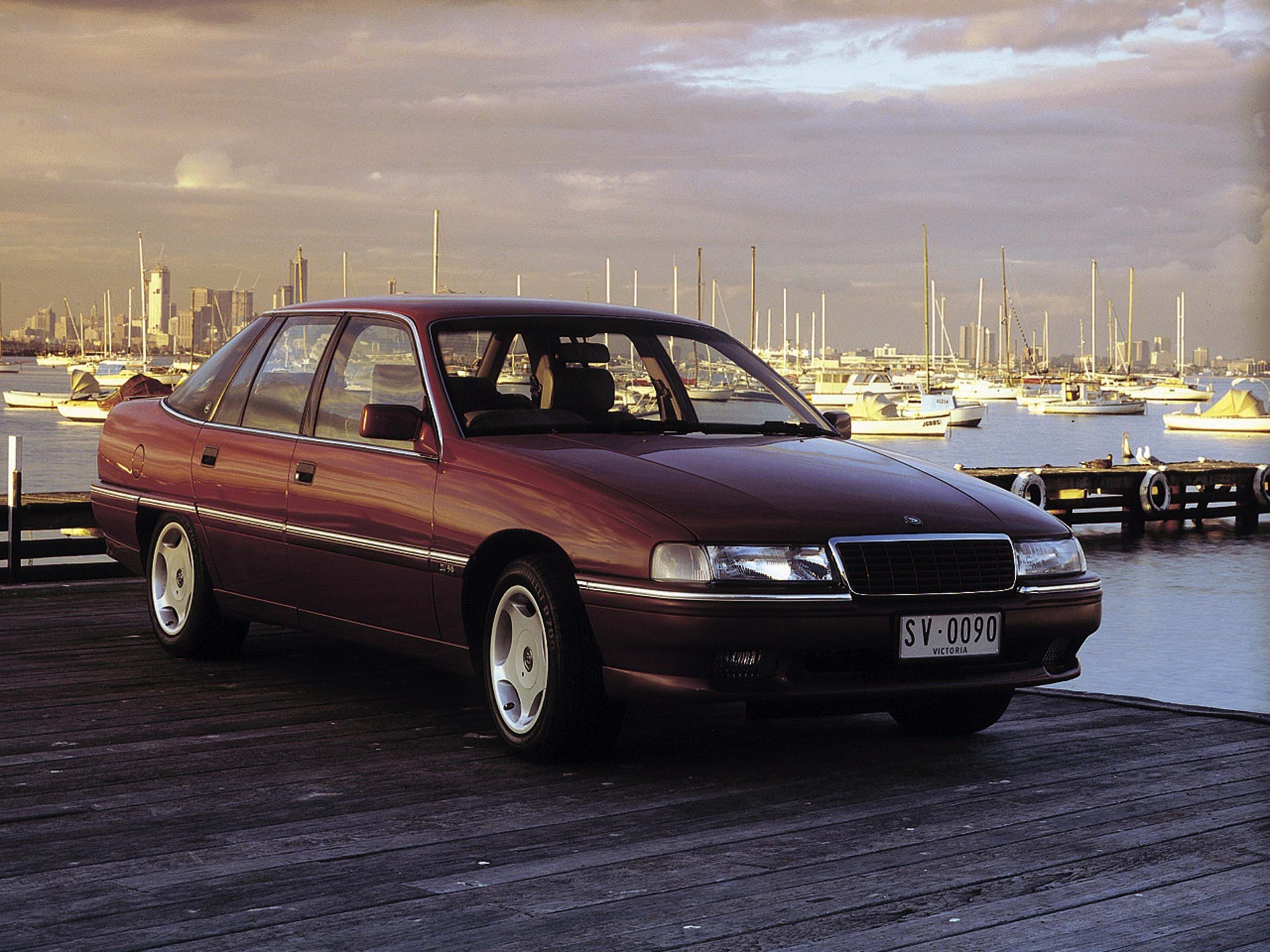
Chrome exterior trim and climate control added to Calais. VN-based Holden Ute; Statesman and Caprice launched.
1991
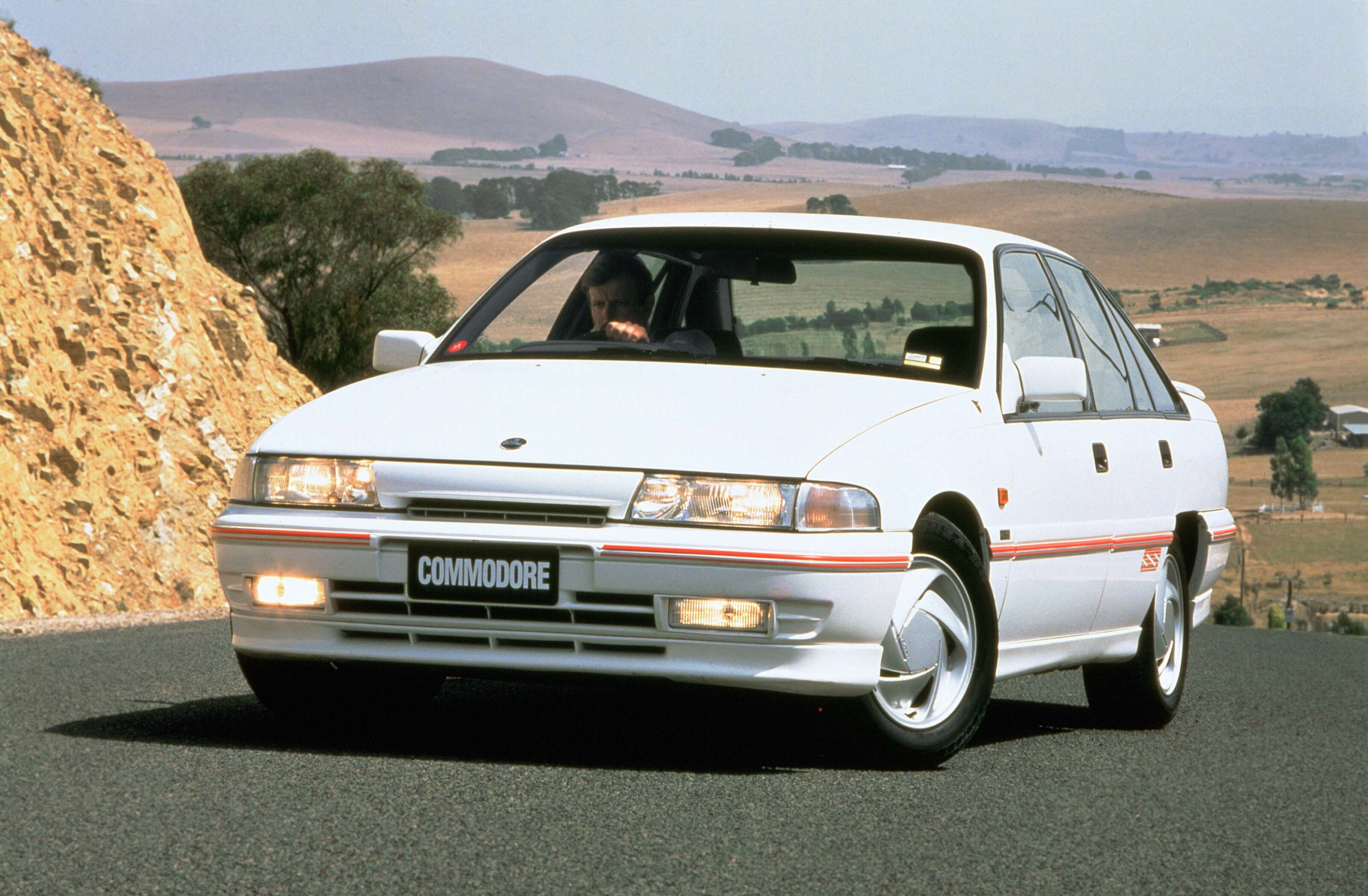
VP replaces VN in October. Model range remains similar but with revised styling. Independent suspension standard with Calais and SS, optional on other sedans.
1992

ABS becomes optional on sedans with IRS. Limited-build Calais International; Berlina LX launched. VP Series II arrives.
1993

VR series Commodore/Calais replaces VP in July.
From Unique Cars #469, Aug/Sep 2022
Originally published at our sister site, Unique Cars
We recommend
-
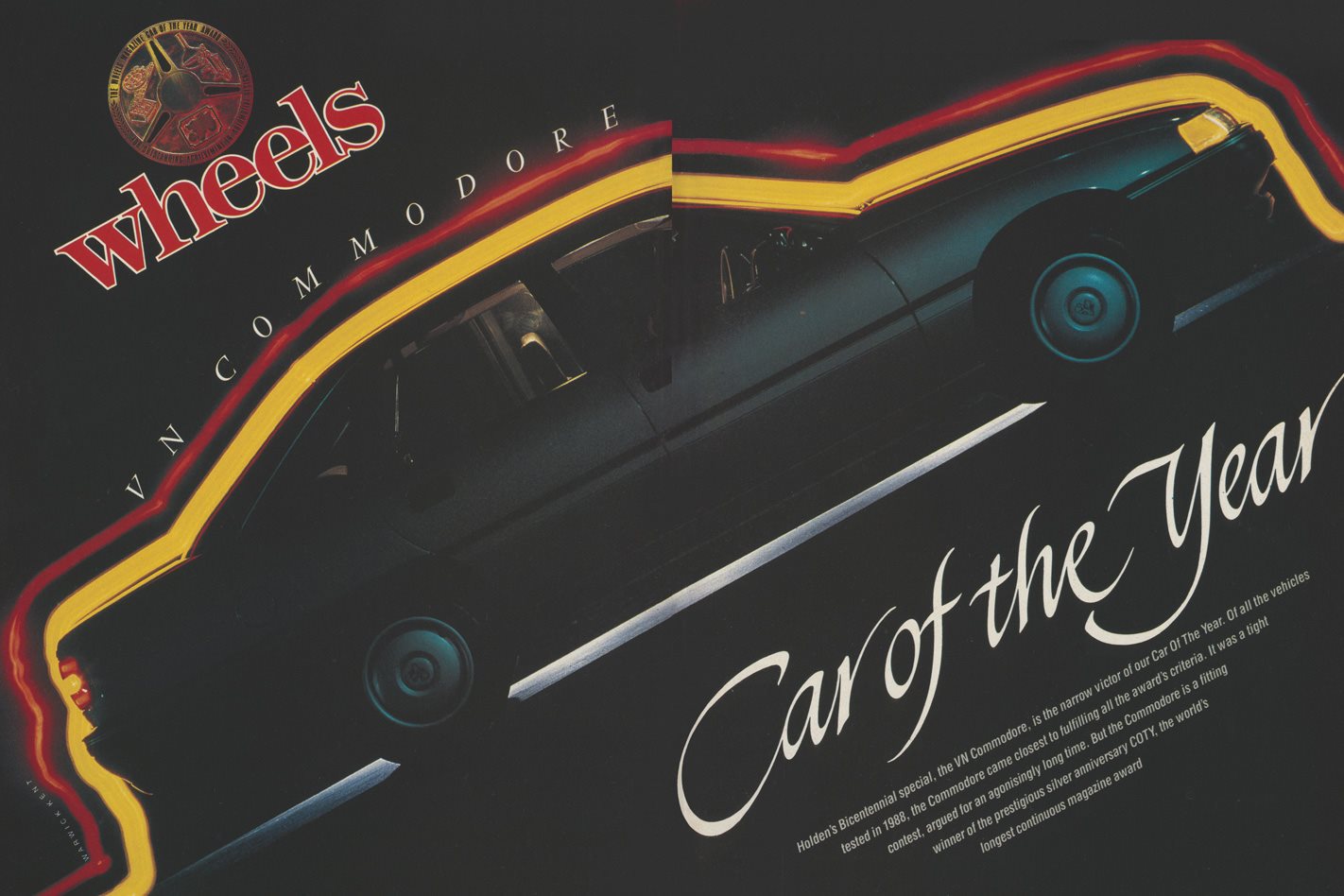 Features
Features1989 Holden Commodore: VN Commodore - Car of the Year
It was a tight contest, argued for an agonisingly long time. But the VN Commodore is a fitting winner of the prestigious silver anniversary COTY, the world’s longest continual magazine award.
-
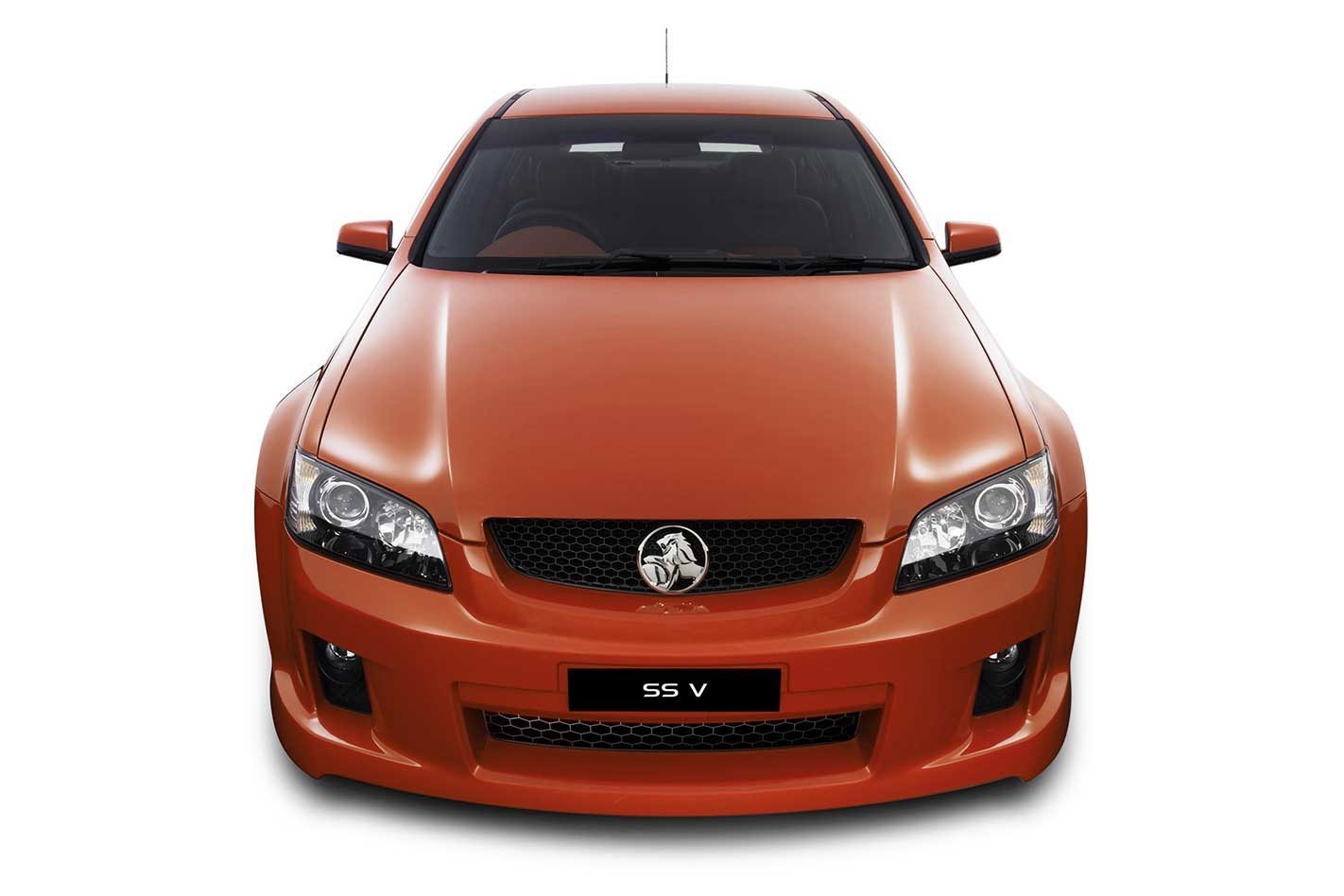 Features
FeaturesTracking Holden Commodore SS prices, VP to VFII
We chart the price changes for used V8 Commodores over the last few years

